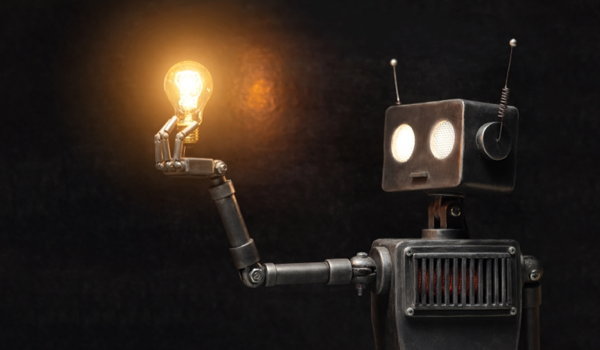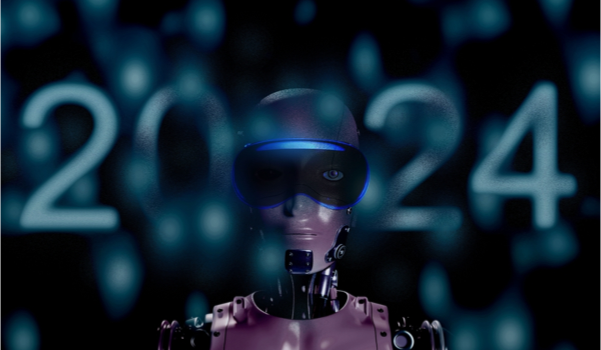


BELMONT, MASSACHUSETTS - The intellectual conflict between connectionist and symbolic artificial intelligence (AI) was represented in the early career of Marvin Minsky who, in 1969, became the first computer scientist to receive the Turing Award specifically for contributions to AI.
Marvin Minsky, the road not taken
As a Harvard undergraduate in the late 1940s, the wide-ranging Minsky did experimental work in physical optics, became an expert in the neurophysiology of crayfish, and helped B.F. Skinner -the reigning behaviorist of the time - design equipment for his experiments.
Skinner’s ideas about reinforcement learning - i.e., rewarding desired behaviors and punishing undesired ones - and the 1940s papers of Warren McCulloch, one of the founders of cybernetics, got Minsky to contemplate making a learning machine. In 1951, as a graduate student in mathematics at Princeton University, Minsky and another graduate student put together the world’s first artificial neural network, using three hundred vacuum tubes and a surplus automatic pilot from a B-24 bomber.
The Stochastic Neural Analog Reinforcement Calculator (SNARC) was a network of 40 artificial neurons that simulated the brain of a rat learning its way through a maze. When by chance the ‘rat’ made a sequence of good moves and found its way out of the maze, the neuron connections corresponding to these moves were strengthened. In this way, the ‘rat’ gradually learned its way through the maze. Minsky’s PhD dissertation described a much larger ‘artificial brain’ than SNARC that could actually reason but that would require thousands or perhaps millions of artificial neurons.
In 1955, a year after Minsky completed his PhD, he became convinced that building “a piece of hardware” and hoping it “will do the right thing” was the wrong approach to creating a
The content herein is subject to copyright by The Yuan. All rights reserved. The content of the services is owned or licensed to The Yuan. Such content from The Yuan may be shared and reprinted but must clearly identify The Yuan as its original source. Content from a third-party copyright holder identified in the copyright notice contained in such third party’s content appearing in The Yuan must likewise be clearly labeled as such. Continue with Linkedin
Continue with Linkedin
 Continue with Google
Continue with Google







 568 views
568 views










